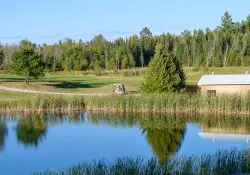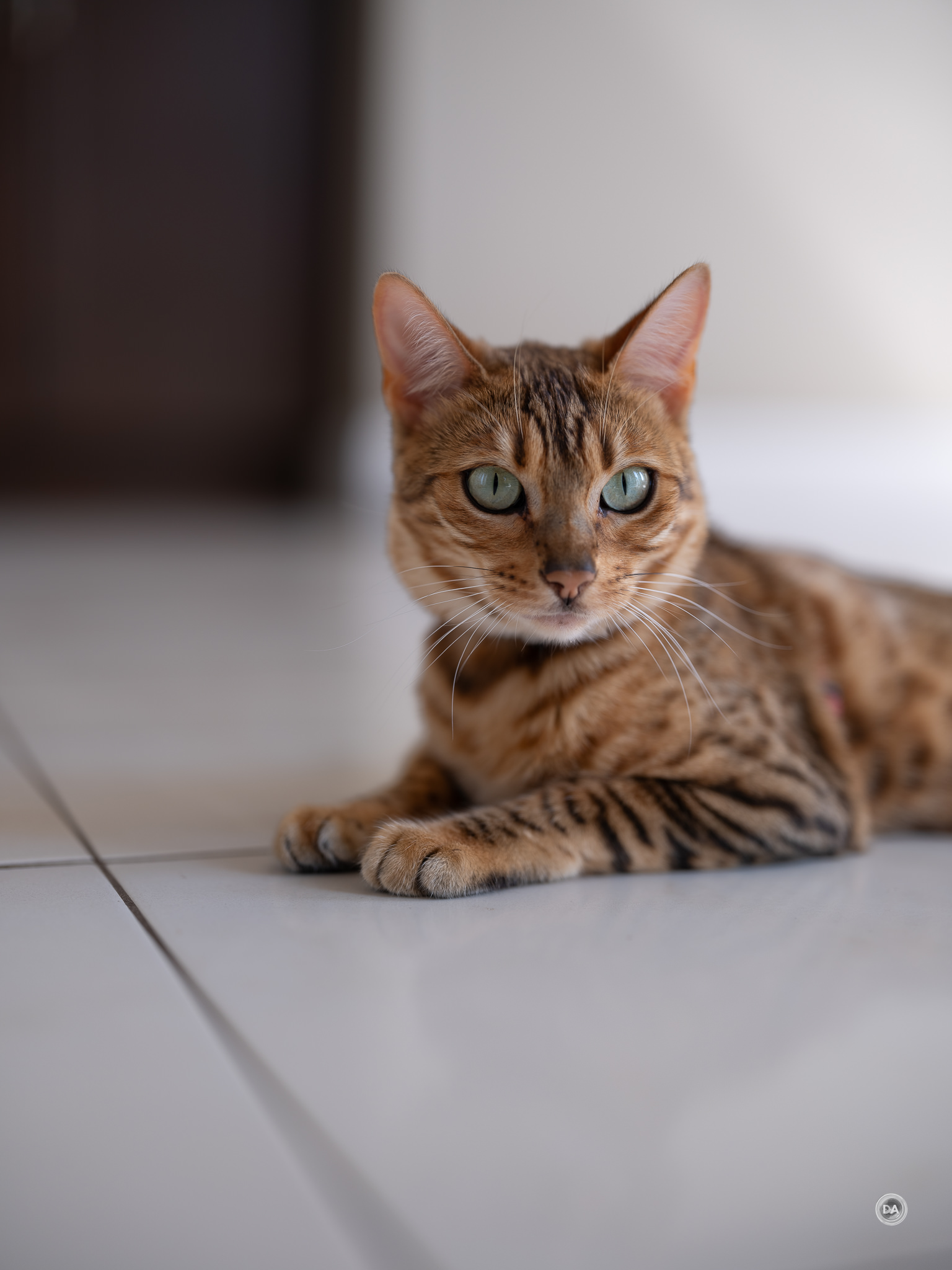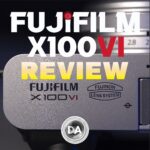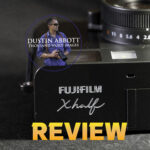
Fujifilm GFX100S II Gallery
Fujifilm has been working for years to “mainstream” medium format. They made a unique decision to embrace the smaller APS-C sensor (Fuji XF) and the large medium format sensor (Fuji GF) while bypassing the popular full frame sensor where most of the major brands live. The goal has been to make medium format competitive with full frame offerings from other brands, and the Fujifilm GFX-100S II might just be the one to finally pull in some of those who have been straddling the fence. The GFX100S II borrows many of the serious improvements of the GFX-100 II and distills them at a much lower price point ($5000 vs $7500 USD). What’s even more surprising about that price is that it is $1000 LESS than the GFX100S that it is replacing. There are still a number of areas where GFX cameras lag behind the best full frame cameras, but there’s also no question that no full frame camera I’ve tested delivers the kind of image quality you can achieve with Fuji’s big sensor cameras, and the 102MP medium format sensor in the GFX100S II is a big winner. Find out my full thoughts in my video review below or in the full text review here…or just enjoy the photos below.
Follow Me @ YouTube | Patreon | Instagram | Facebook | DA Merchandise | Flickr | 500px | X
Thanks to Fujifilm Canada for sending me a review loaner of this camera. As always, this is a completely independent review, and the thoughts and opinions expressed here are my own.
__________________________________________________________________________________________________
Here’s a basic breakdown of the key features of the GFX100S II:
Spec List
- 102MP 43.8 x 32.9mm BSI CMOS II Sensor
- X-Processor 5 Image Processor
- 4K30 Video; F-Log2 Gamma
- 5.76m-Dot OLED EVF
- 3.2″ 2.36m-Dot Tilting Touchscreen LCD
- 5-Axis Sensor-Shift Image Stabilization
- ISO 80-12800, up to 7 fps Shooting
- 400MP Pixel Shift Multi-Shot
- 8-Stop Image Stabilization
- 20 Film Simulation Modes
I spent some quality time with the upmarket GFX100 II in 2023, and as I’ve compared the two cameras, here are some of the key areas that I’ve seen differences. This might help you decide whether the GFX100 II is worth the extra money:
- 7 FPS vs 8FPS
- Lower resolution EVF (5.76m vs 9.44m dot)
- 4K30 vs 8K30
- 2 x SD cards vs CFExpress Type B and SD
- Micro HDMI vs full size HDMI
- 19 Lossless RAW buffer vs 302 Lossless RAW buffer
There are other minor differences, but essentially it boils down to slightly faster burst rate and much deeper buffer depth due to supporting a faster memory card spec, a higher resolution EVF, and the GFX100 II has much more capable video features. The good news is that if you just want to take amazing photos and not pretend this is a video or action camera, the GFX100S II is going to be an easy way to save $2500…and maybe buy that first lens or two instead.

But where things get crazy is when you compare the GFX100S II to the GFX100S.
- New and improved sensor (base ISO of 80)
- Higher resolution viewfinder (5.76m vs 3.96m)
- 7 vs 5fps
- Lighter
- Better battery life
- IBIS 8 vs 6 stops
- New grip material
- $1000 cheaper!
I’m not sure we’ve ever seen a clear camera upgrade that also managed to come with a price reduction of nearly 20%!
Before we dive in to the good stuff, let’s get a few relevant details out of the way. Purists will point out that Fujifilm’s GFX sensor is not actually true medium format. It’s true that the sensor size (43.8 x 32mm) is about halfway between a full frame sensor (35.9 x 24mm) and Hasselblad’s 53 x 40mm sensor size. You can see a comparison of sensor size below:
While Fuji’s sensor is smaller than the larger Hasselbad/Phase One sensor, it is worth noting that it is also nearly 70% bigger than the full frame standard! But the GFX 100S has even more accessible resolution due to having IBIS (In Body Image Stabilization), as stabilization is really important to getting excellent results where so much resolution is on tap. That makes each individual pixel about 30% bigger, which has the advantage of smoother gradations of color and light. There’s something very special about the rendering from medium format. I definitely think that Fuji’s higher resolution point (the 102MP 43.8 x 32.9mm BSI CMOS Sensor found in this camera) is by far the preferred option largely because the 50MP resolution point has a lot of full frame competitors, and, in my opinion, the current limitations of using medium format cameras are not outweighed by the sensor advantages in the 50MP sensor. This 102MP sensor has a clear advantage over anything currently available on full frame, making it unique and special. The ability to deeply crop images is like nothing else out there. You truly have the ability to create a variety of images from one frame:
You’ll note that the chart in the opening section also shows the various crop factors associated with the size of the relative sensors. A full frame sensor has a 1.0x crop factor, and the industry standard for focal lengths is in the full frame/35mm standard because of this. A 100mm lens, then, will behave like 100mm on the 35mm/full frame sensor, while the same lens mounted on a Fuji APS-C sensor (1.5x crop factor), will behave like a 150mm lens (full frame equivalent) in terms of focal length. Mount that same focal length on Fuji’s medium format (0.79x crop factor), and it will behave like a 79mm focal length. This helps explain why many of the focal lengths of Fuji’s GF lenses are atypical. The 55mm F1.7 I used in this review has a full frame equivalent of 44mm.
Fuji also has a very interesting new 500mm F5.6 lens that I’ve covered in the review as well, so check it out!
Images of the Fujifilm GFX100S II
Images Taken with the Fujifilm GFX100S II
_________________________________________________________________________
GEAR USED:
Purchase the Fujifilm GFX100S II @ B&H Photo | Adorama | Amazon | Camera Canada | Amazon Canada | Amazon UK
___________________________________________________________________
Purchase the Fujinon GF 500mm F5.6 @ B&H Photo | Adorama | Amazon | Camera Canada | Amazon Canada | Amazon UK | Amazon Germany
_________________________________________________________________
Want to support this channel? Use these affiliate links to shop at: B&H Photo | Amazon | Adorama | Camera Canada | Amazon Canada | Amazon UK | Ebay | Make a donation via Paypal
Buy DA Merchandise https://bit.ly/TWIMerch

Keywords: GFX, GFX100S II, GFX 100S II, 100S, II, 102MP, Fujifilm, Fujinon, Dustin Abbott, Review, Sensor, Tracking, IBIS, Stabilization, Eye AF, Review, Hands On, Video Test, Sharpness, High ISO, Autofocus, Dynamic Range, Medium Format, Lens, Comparison, Test, Dustinabbott.net, APS-C, X-Trans, letthelightin, DA #letthelightin, #DA, #Fujifilm














